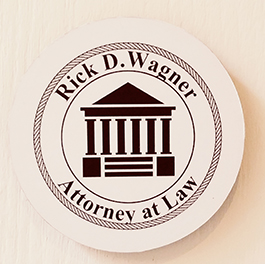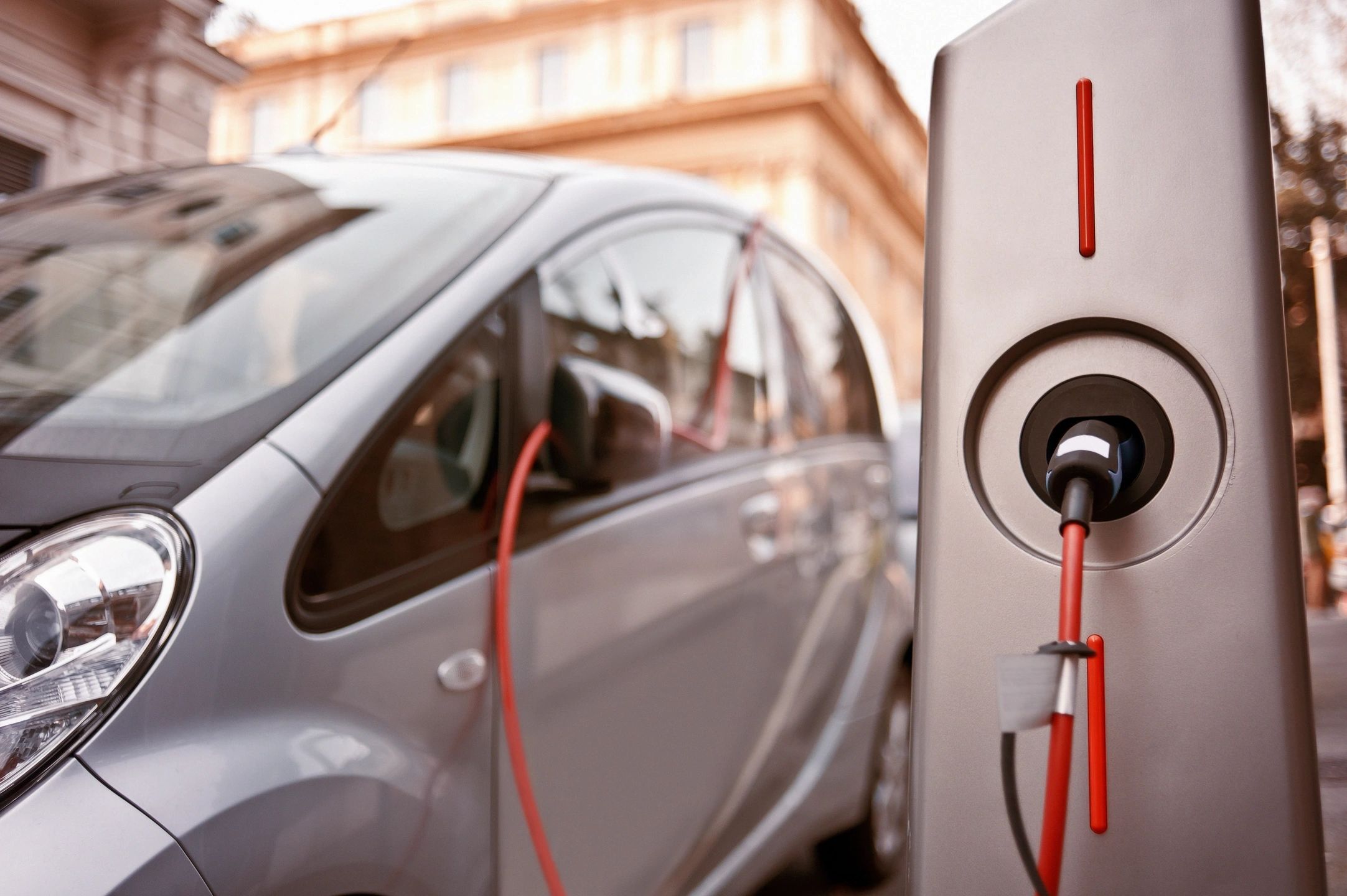By Ursula Nizalowski
For those who own electric vehicles (EVs), it can be a bit of a hassle to find charging stations
while going on a road trip. Because depending on where you’re going, there might not be
charging stations along the way or even the right kind to recharge your vehicle. Luckily, there
are more options now for charging stations and ways of finding them than before. Plus, different
car manufacturers like Ford have recently created their own charging networks. So EV drivers
don’t have to depend on just one charging network for their travel needs, which are all listed
down below along with the various ways of looking for charging stations and the different types
that are available.
 Methods for Finding Charging Stations
Methods for Finding Charging Stations
Apps – Due to the rapid progress of technology and the rising popularity of EVs,
different mobile apps have popped up to create more convenience for EV drivers who are trying
to find available charging stations while on the road. For instance, PlugShare “shows you the
stations which are active for the moment” according to iCoderz Solutions . While most of these
apps are free, some have to be paid for to use.
Websites – In addition to mobile apps, different websites like Google Maps can also
help one find charging stations. Business Insider even says that Google will show “how many
plugs are available to use, the level of charging, and the type of connector present” when a
location is searched. Of course, one would need an internet connection to access websites which
might be difficult in remote locations.
Built-In Navigation System – These days, most new cars also come with a
navigation system that’s built into the car itself. Such is true of EVs as well, though because their navigation systems draw power from the battery, which is the vehicle’s sole energy source,
there’s a possible risk of draining the battery while using the navigation system. Fortunately,
MotorBiscuit claims that secondary systems like navigation only use “0.01 kWh per hour or
1%,” so the risk isn’t that great unless your battery is really low.
Which Charging Stations to Use
Level 1 – In general, Level 1 charging stations are the most widely available. However
“a full charge can take up to 24 hours,” and “it only adds about 3 to 5 miles of range per hour”
according to Roadtrippers . So it would probably be best to use these types of charging stations
only for emergencies or at one’s home if possible.
Level 2 – Nowadays, most major cities have Level 2 charging stations with a few
remote places that have them as well. There are even designated parking spots for EVs with
these types of charging stations typically near businesses or hotels . With that said, the charge
time is still slow.
DC Fast Charger – Also known as Level 3, DC Fast Chargers are considered to be
the fastest type of charger for non-Tesla EVs. For instance, they “can typically get your battery
level to about 80 percent in 30 to 60 minutes” Roadtrippers says. The only downside is they are
very expensive.
Supercharger – For those who drive Tesla EVs, a Supercharger is the best kind to use.
They not only have an incredibly fast charging time, but there’s also a vast network of them in
the United States. Unfortunately, non-Tesla drivers can’t use them and the fast charging may
increase the rate of degradation on the car’s battery.
Available Charging Station Networks
ChargePoint – Also known as EVgo, ChargePoint gives drivers an agreement that lets
them access their chargers without necessarily having to sign up for an account with them. On
top of that, they’ve partnered with several other EV companies and car manufacturers to provide
various deals to drivers. New Nissan LEAF buyers, for instance, will get “$250 of prepaid
charging credits” through ChargePoint according to Car and Driver .
Electrify America – Originally created by Volkswagen, Electrify America offers
charging stations to EVs regardless of brand. But to use one, drivers need to pay $1 per session
followed by a rate per-minute of charging. This rate can be lowered if one becomes a member,
though people who own Porsche Taycan and Audi e-tron cars are eligible for deals where they
get more charging time per watt if they use Electrify America stations.
FordPass – Through a partnership with Electrify America, Ford has a charging network
for its line of EV models. With 12,000 stations and more than 35,000 plugs available, it
shouldn’t be too hard for Ford drivers to find a charging station wherever they are. As for
payments, they are typically carried out using the company’s own app or transferred via the car’s
dashboard screen.
Tesla – Being for Tesla cars only, this charging network offers different payment options
depending on the model that’s driven. For example, Car and Driver claims “Some Model S and
X owners can use Superchargers for free, while others, including Model 3 owners, have to pay”.
Fortunately, the pay rates are relatively low and Tesla offers 1000 miles free to drivers who
recommend someone else to purchase a Tesla car.
For more information on EVs and charging stations, feel free to contact attorney Rick Wagner .

